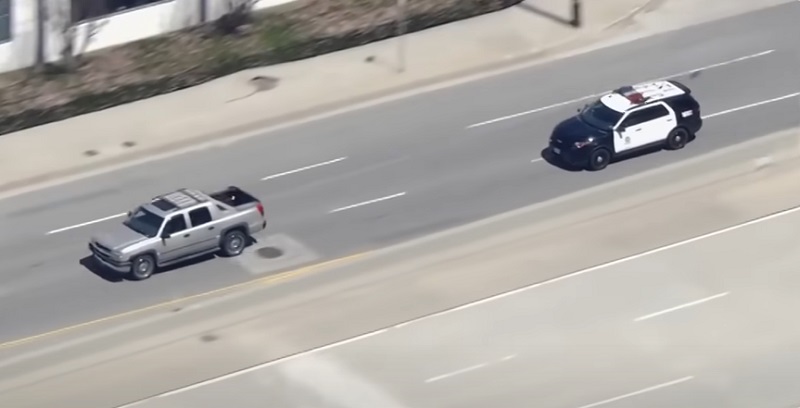
It is a decision every patrol officer must eventually make – to chase or not to chase. A 4,000-pound missile of iron traveling at high speed is a deadly weapon from a millisecond of a poor decision or plain bad luck. If an officer pursues, will a resulting crash be blamed on the police or the wanton, reckless driver? If the officer decides it is wisest not to pursue, will a resulting crash be blamed on the police for failure to intervene?
Most police agencies have severely restricted their pursuit policies because of the inherent dangers of chases. Even though the U.S. Supreme Court recognized the danger to the public and the justification of police pursuits, the threat of lawsuits and injury to officers and civilians is beyond the tolerance of risk managers.
In a 2007 matter, the court heard a case involving a reckless, speeding driver pursued by a Georgia deputy sheriff who crashed resulting in severe injury to the suspect driver. The pursuit was stopped by the deputy using a maneuver often referred to as a PIT (Precision Immobilization Technique) or T.V.I. (Tactical Vehicle Intervention). This technique involves the officer choosing a moment when they can use their own car to tap the rear corner of the suspect vehicle, causing it to spin out and stop. It is not always successful and can result in the suspect vehicle’s occupants being injured.
The officer must determine if the risk of the PIT, or any other intervention, is less than the potential risk of the driver continuing their dangerous behavior. Other interventions include firearms, T.D.D., roadblocks, and developing technologies.
In searching for answers to safer termination of pursuits, around 1996 the use of T.D.D. (tire deflation device) began to gain wide acceptance. Noting that officers had been struck by vehicles while deploying T.D.D., the National Law Enforcement Officer Memorial Fund through its partnership with the National Highway Traffic Safety Administration conducted a ten-year study of officer safety regarding T.D.D. deployment. The study found that 42 line-of-duty deaths were directly linked to the spike strips between 1996 and 2022.
The devices consist of hollow spikes in a configuration that can be tossed across the roadway before the suspect vehicle passes. The spikes embed in the pursued vehicle’s tires and rapidly deflate them. The T.D.D. must be withdrawn before other pursuing law enforcement vehicles pass over them.
Rapid deflation can cause a vehicle to lose control. Suspects sometimes choose to run over the deploying officer to avoid the strips. Sometimes uninvolved drivers are unwittingly confused by the operation and cause injury to the officer. Ideally, the officer is able to deploy the device from a protected position, but that isn’t always possible.
New devices such as a magnetic dart with a tracking device can be launched from a patrol car and used to locate the suspect vehicle without being in immediate pursuit. Another device is designed to be lowered from a patrol car against the rear wheels of a suspect vehicle which gets scooped into netting and slowed. All of these techniques require proximity to the suspect vehicle, increasing the likelihood of a collision.
OnStar, a remote service offered on some car models, will cooperate with law enforcement to cause a confirmed stolen vehicle being pursued to slow to a stop to enable police to apprehend the driver. Other technologies may someday routinely allow police to activate a remote kill switch to stop fleeing drivers, but privacy concerns have outweighed the law enforcement advantages even though most vehicles over the last decade come equipped with the ability to be remotely shut off.
Ultimately, the decision whether to pursue is on par with a decision to use deadly force. The officer must, in the heat of the moment, make countless calculations about speed, traffic density, trajectory, and the possibility of success. The officer must use some everyday knowledge of physics, psychology, and a bit of fortune-telling to make the call.